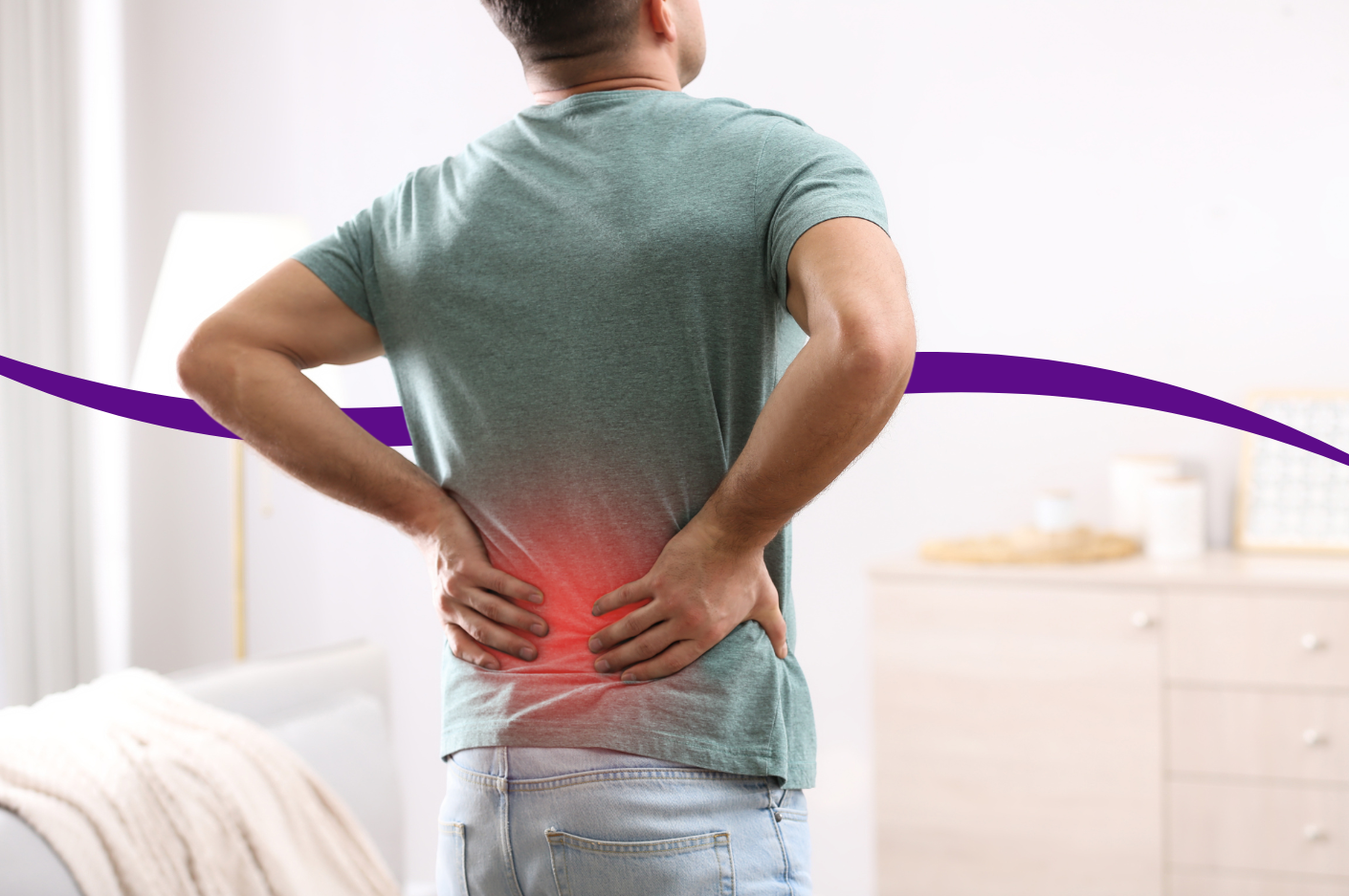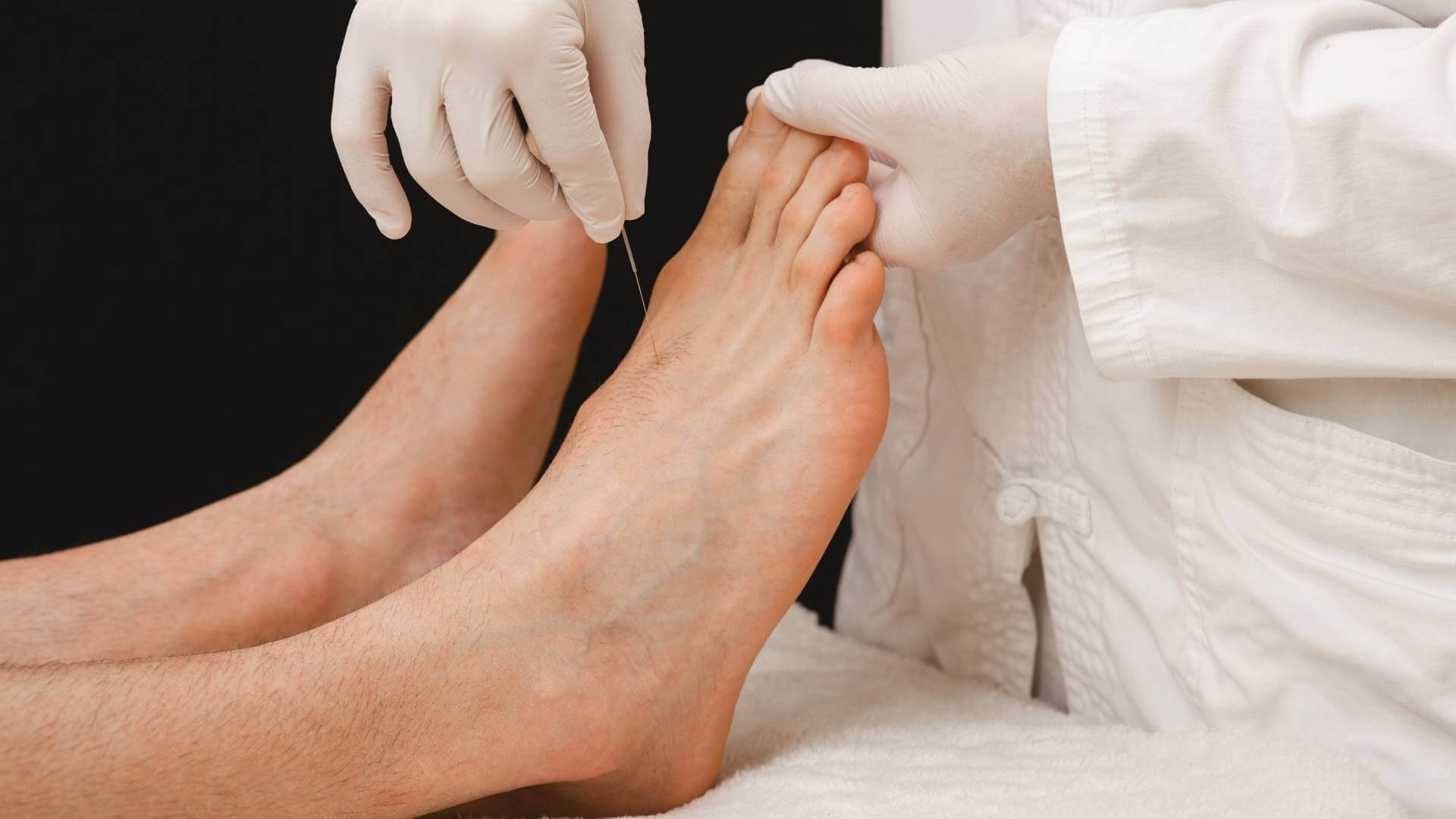

If you were to refer to a dictionary for an acupuncture definition, you’d find that it’s a form of Chinese medicine that
involves the insertion of very thin needles into your skin, at strategic points across your body. Traditional Chinese medicine practitioners
believe the body has over 2,000 points or pathways that are often referred to as meridian points. These points are interconnected to create a
flow of energy, or qi, that is responsible for our overall health. However, when there is a disruption in this flow of energy, it can lead
to diseases. Thus, acupuncture is a technique used to target specific meridian points to restore the balance of qi, thereby improving
health.
In a sense, dry needling is simply “Westernised acupuncture.” Dry needling uses the same needles as acupuncture but the theory and the goal of our treatments are largely different. Dry needling primarily works to release the myofascial trigger points in the muscles. Myofascial trigger points are points in the muscle that are overactive and very sore to touch. It is often felt as a lump, or commonly referred as a “knot” in the muscle. These myofascial trigger points can be the source of muscle pain and it can also affect muscle function.

The benefits of dry needling?
You may be asking yourself, does dry needling actually work? Well, there are in fact many benefits of dry needling. Dry needling is predominantly used for treatment of musculoskeletal conditions to release underlying muscle tightness. It is often used as an adjunct treatment to conditions such as plantar fasciitis, Achilles tendinopathy, shin splints, and knee or hip conditions. This means it’s often an additional treatment instead of the main treatment itself, but it can help to improve recovery times, amplify the essential treatment and lessen your pain.
It is also a very effective way to improve joint range of motion. Compared to the standard stretching and foam rolling, dry needling yields a
much faster response. Often people can feel immediate differences, or a noticeable benefit in the next few days.
What to expect during and after a dry needling session
When the dry needling enters, some tingling and a twitch response are often generated. If you feel a twitch response in the muscle, it is a good sign. It means that the needle has released the tension in the trigger point thus making it less irritable.
Following treatment, there may be some post dry needling soreness. The soreness is likened to the feeling following a big workout at the gym. Depending on the individual, this soreness usually lasts 24-48hours. Talk to our Brisbane or Newmarket clinic now about making a booking.
Book your appointment with our podiatry team online
here
or call us on (07) 3356 3579.
| Monday | 7:40am - 6:00pm |
| Tuesday | 7:40am - 6:00pm |
| Wednesday | 7:40am - 6:00pm |
| Thursday |
7:40am - 6:00pm |
| Friday | TEMP CLOSED |
| Saturday | CLOSED |
| Sunday | CLOSED |
Ground Floor, 344 Queen Street,
Brisbane City QLD 4000
| Monday | 7:40am - 6:00pm |
| Tuesday | 7:40am - 6:00pm |
| Wednesday | 7:40am - 6:00pm |
| Thursday |
7:40am - 6:30pm |
| Friday | 7:40am - 5:00pm |
| Saturday | 7:40am - 4:30pm |
| Sunday | CLOSED |
Newmarket Village, 114/400 Newmarket Rd, Newmarket QLD 4051